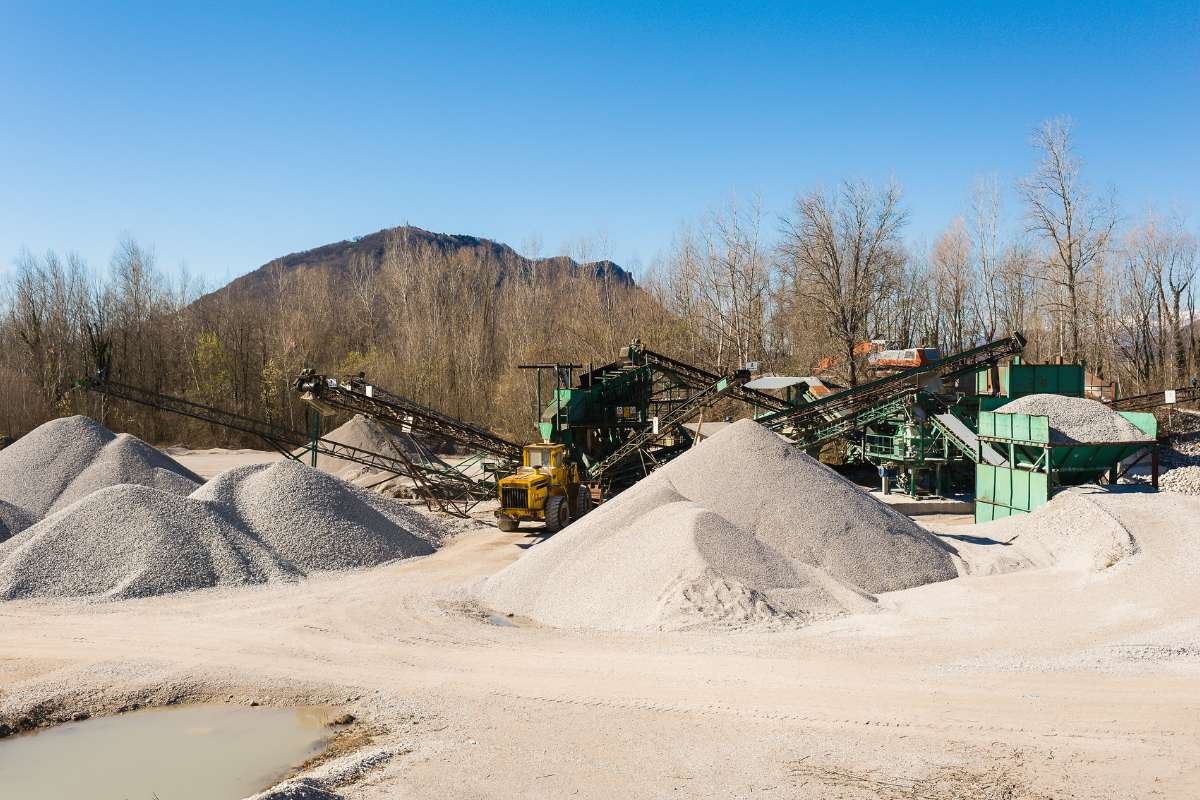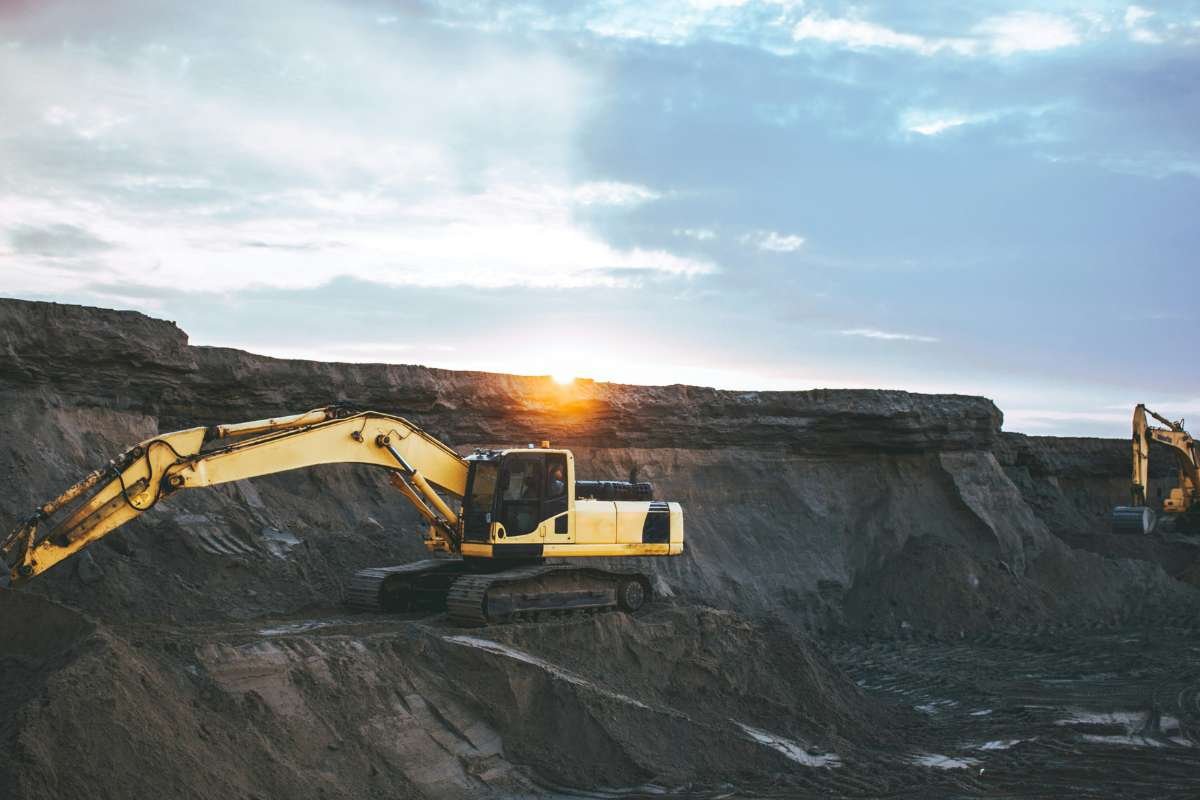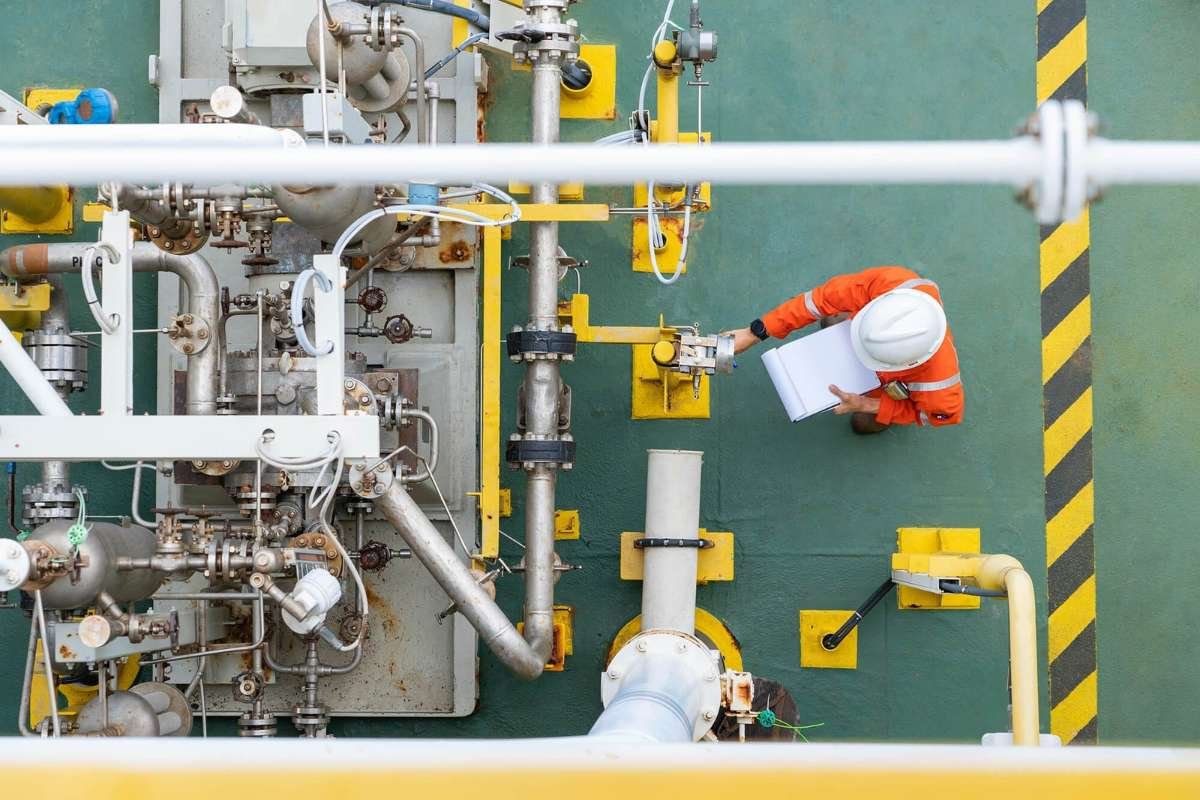Building sites today face shifting weather patterns, sudden storms, intensifying heat waves, and unpredictable cold snaps. In 2025, the margin for error has shrunk. A construction site that isn’t deliberately weather-shielded can face halted schedules, damaged materials, injured workers, and costly insurance claims. That’s why knowing how to weatherproof your construction site is a priority.
This isn’t about one-off fixes or rushing through safety checklists. It’s about weaving weather awareness into every stage: site design, daily routines, team training, gear selection, and post-event follow-up. Every element creates strength, from water-management trenches that soak up spring deluges to scaffold tarps that guard against sideways sleet. Apart from hardware, it’s also essential to identify unsafe shifts in conditions and set up improved communication when weather alarms ring.
In this article, you’ll get six methods, with illustrations and rationale, to help weatherproof your construction site strongly and readily for whatever natural conditions are.
6 Proven Methods to Weatherproof Your Construction Site:

1. Foundation-First: Water Management & Smart Grading
From the beginning of the excavation, water should be guided away from the building. This is the first step to weatherproofing your construction site before the walls go up effectively.
Start by shaping the terrain so rain and thaw runoff travel away from foundations, not toward them. Mark waterproof lines at least six inches above the finished grade to avoid seepage and mold issues. Install permeable trenches or drain tiles wrapped in fabric and topped with gravel to channel subsurface water back out, reducing pressure on foundation walls.
Layer this with robust gutters and downspouts that safely direct roof runoff away. When the ground is dry and sheet flow is controlled, concrete sets better, waterproof layers bond tightly, and mud and mold stay out of the mix.
2. Layered Waterproof Defenses: Membranes & Coatings

There’s strength in layers, especially when keeping moisture out. A layered approach is essential to weatherproof your construction site across seasons.
Start with a dependable sheet or self-adhering bituminous Membrane on the foundation walls. These form the backbone of your waterproof armor. Next, add a liquid-applied surface coating and look for options like acrylic-modified cement or polyurethane, which seeps into concrete pores and builds toughness.
Don’t forget vertical surfaces above ground, too; balconies, terraces, and interior wet zones like bathrooms need that same layered protection. Otherwise, the coatings keep rot, seepage, and efflorescence far from the finished surface.
3. Shield All Gear, Materials & Equipment Before the Storm
Every beam, tool, and gadget is vulnerable if left exposed.
Custom scaffold tarps and weather-resistant netting do more than block rain—they break wind and snow before it gathers in corners. Secure tarps with durable clips designed to release in extreme gusts, preventing rig damage.
Cover generators, pumps, and control systems in portable shelters with drains and raised floors. Store lumber, insulation, and hardware on pallets under waterproof covers with flaps—this keeps water from creeping in from the bottom or sides.
Similar Articles:
- How to Maintain a Construction Site for Safety and Productivity?
- What is Next for Construction Site Workwear?
4. Embed Weather-Safe Routines & Crew Awareness

Safety plays no favorites in wind, ice, or heat.
Each morning, check reliable forecasts and onsite data. Have clear thresholds for stopping work, 30 mph winds, visible ice, or heat index above 40 °C. Scaffold safety experts urge daily inspections after any extreme event.
Train your crew on how wind increases fall risk, how iced platforms turn into hazards, and how heat stress sets in quickly. Use visual signals, flag charts, and colored alerts for easy reference. Make it routine: “When the flag is red, scaffolding down.” To weatherproof your construction site, everyone must recognize how weather shapes safety.
- Summer Survival Tip: Break up outdoor shifts when the heat climbs, rotate tasks, and enforce water breaks.
- Winter Warrior Tip: Use heated enclosures or foam blankets to keep curing times on track when concrete or coatings go down in the cold.
5. Adapt Building Methods to the Weather
Work smart, not just hard, especially when conditions vary.
Avoid cold or wet days for concrete pouring unless you use additives or heating blankets. Always cure under shaded or sheltered zones. In wet weather, tent roofs are installed with internal drying systems; on hail-risk days, use resilient siding and impact-rated windows to avoid repeated rework.
Choose impact-resistant materials upfront, fiber cement cladding, hail-proof shingles, or reinforced panels to ensure your build weathers more than the temperature.
Mini Case Study: A Midwest commercial facility upgraded from a standard Severe Hail–rated roofing system to a Very Severe Hail (VSH)-rated roof. When hit by a 2.5″ hailstorm, the VSH roof sustained only minimal damage, while similar buildings with conventional systems suffered widespread destruction and required full replacements
6. Build Clear Communication Paths & Track Carefully
Voice warnings early and prove decisions later.
Tie weather alerts into digital tools (QR-coded sensors, crew texts). When the wind reaches a threshold, scaffold tarps come down, and a note is sent along with a photo from the platform. Rain hits, and evidence gets logged and shared before lunch.
Take timestamped photos before and after every weather event. If insurance or contracts start to question delays, you’ll have your case covered, as more than one contractor has found in discussions around weather claims.
Hold short “weather debriefs” after major storms or heat waves. What went well? Where could we improve? Turn lessons into adjustments for future seasons. From a liability standpoint, proper records are as crucial as tarps and drains to weatherproof your construction site.
Weatherproofing Toolkit Checklist

Use this as a working list to continually monitor how you weatherproof your construction site over time.
| Task | Action |
| Surface grading | Slope away; lay drain tile |
| Waterproof layers | Membrane + liquid coating |
| Gear protection | Tarps, shelters, and raised storage |
| Safety triggers | Stop-work charts are posted on-site |
| Building methods | Schedule pours & installs around forecasts |
| Communication | Real-time alerts + photo logs |
| Review | Post-event debrief with the team |
Similar Articles:
- AI and Machine Learning Applications in the Construction Industry
- 12 Strategies for Running a Construction Business
- From Initiation to Closure: Understanding the 5 Phases of Construction Project Management
Conclusion
When you weatherproof your construction site in 2025, you’re building strength and durability into every part of the project, from the physical structures to the plans and even for the people working there. By managing water early, layering protection, safeguarding gear, embedding safety routines, adapting construction to weather, and keeping communication tight, you turn unpredictable weather into a manageable factor, not a crisis.


















